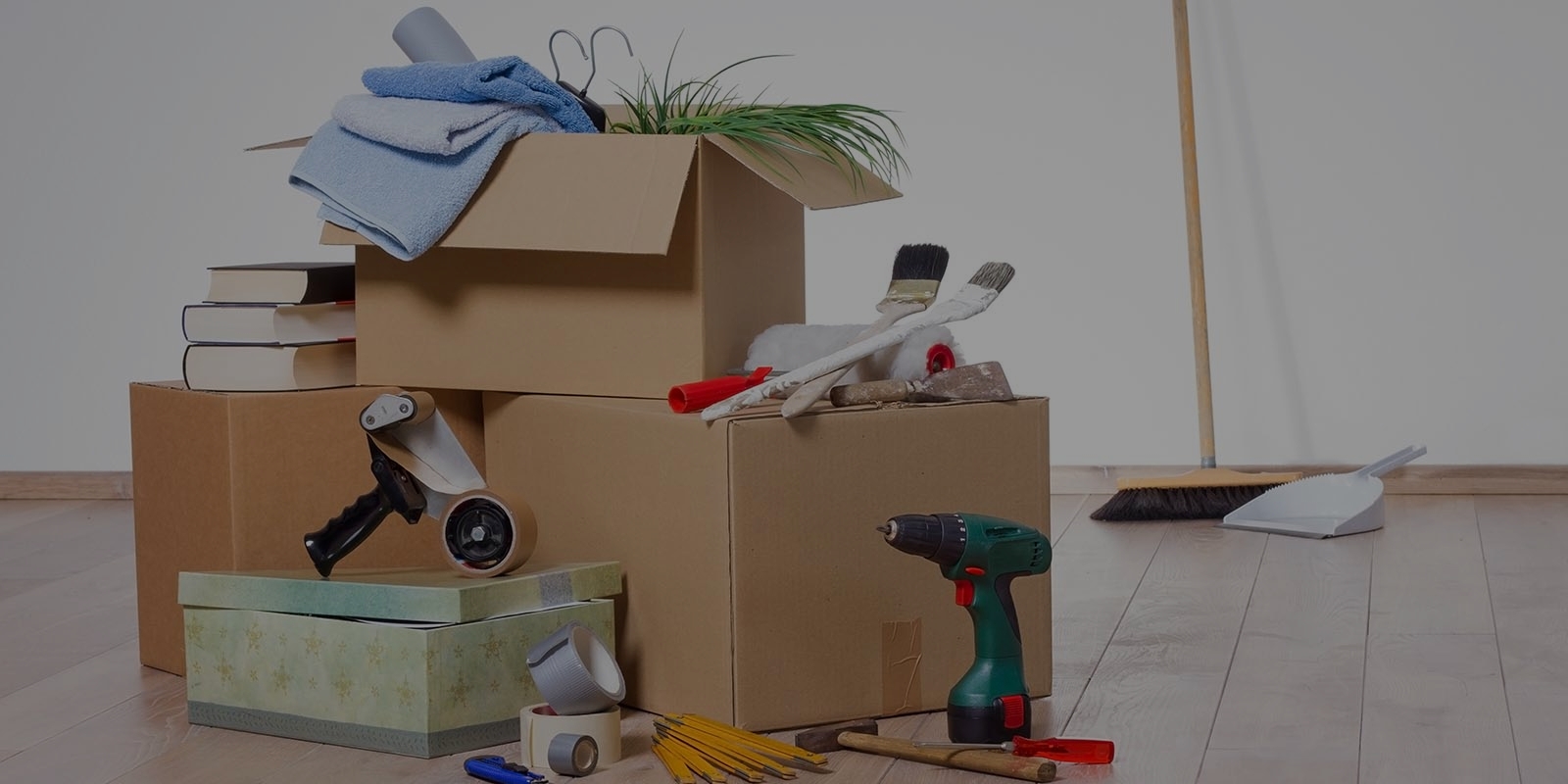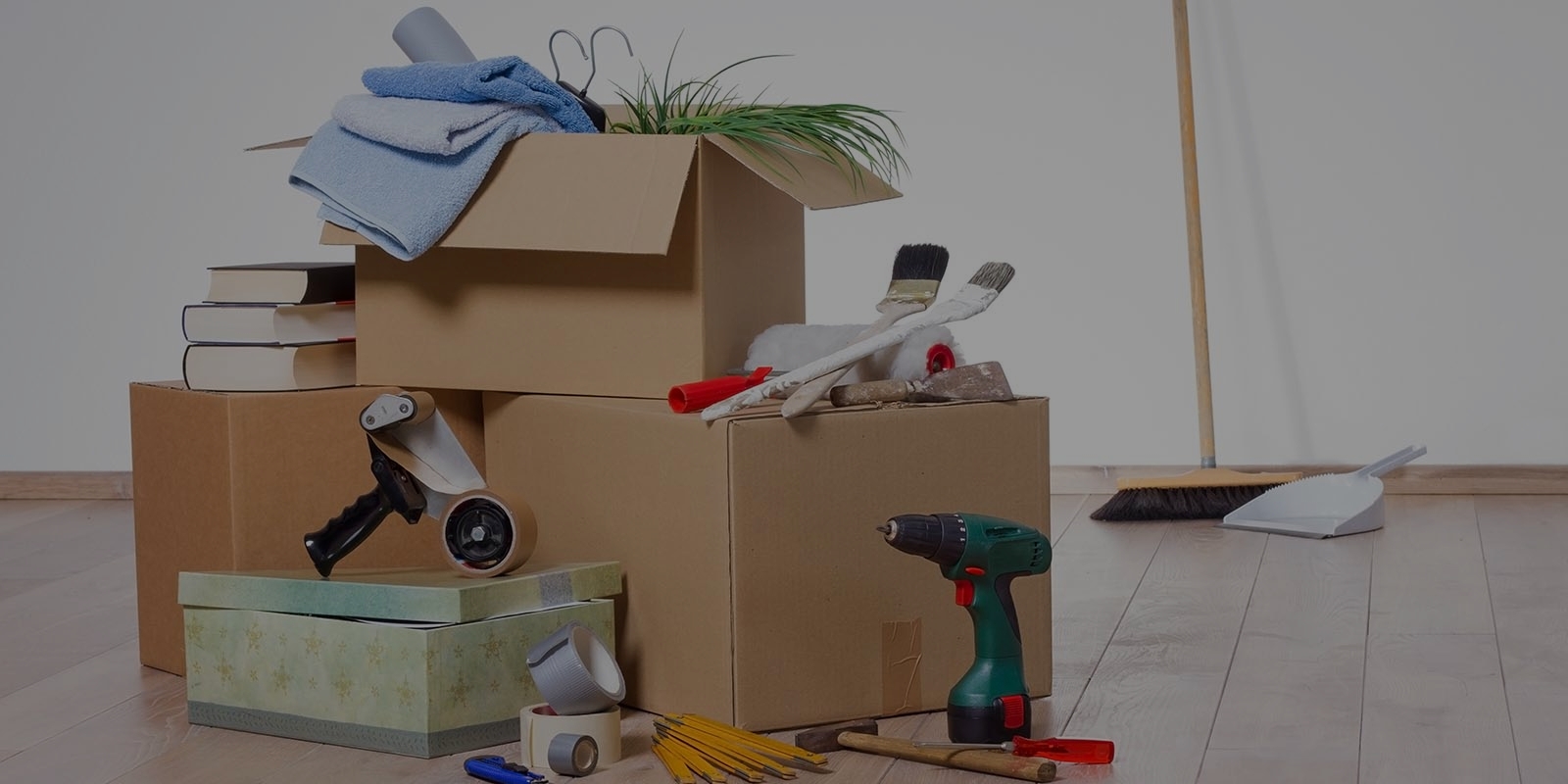Tips and Tricks for Storing Your Freezer Safely During Downtime
Posted on 12/06/2025
Tips and Tricks for Storing Your Freezer Safely During Downtime
Freezers are essential appliances in any modern household, allowing us to store food over extended periods and reduce waste. However, there are times when you may need to leave your freezer unused for a while, whether due to moving, vacation, renovation, or another cause. Properly storing your freezer during downtime not only prolongs its lifespan but also safeguards your food and keeps energy costs in check. In this comprehensive guide, we'll explore essential tips and tricks for storing your freezer safely during downtime and how to ensure it remains in peak condition for when you need it again.
Why Proper Freezer Storage During Downtime Matters
Neglecting your freezer during periods of inactivity can lead to a host of issues, including mold growth, unpleasant odors, mechanical malfunctions, and reduced efficiency. To maximize the life of your freezer and keep your food safe, it's important to follow the right protocols before and during periods of non-use. This article will guide you through the best practices to store your freezer efficiently, prevent damage, and guarantee food safety.

Preparing Your Freezer for Downtime
Preparing your freezer in advance is vital, whether you anticipate being away for a week or several months. Here are the most important steps you should follow:
1. Remove All Food Items
- Empty the contents of your freezer entirely. Even if you plan to be away for a short period, leaving food in the freezer can pose a health risk if a power outage occurs.
- If any food is still safe and consumable, consider using, donating, or storing it elsewhere (such as in a neighbor's or friend's freezer).
- Avoid discarding frozen food if unnecessary--plan your meals ahead to use up perishable items.
2. Defrost and Clean Thoroughly
- Unplug the freezer from the electrical outlet before cleaning or defrosting to prevent electrical hazards.
- Allow all built-up ice to melt; place towels around the base to collect water runoff.
- Clean all interior surfaces with a mixture of water and mild soap--ensure no food residue is left.
- For odor prevention, wipe surfaces with a solution of baking soda and water. This also helps maintain freshness.
- Dry the freezer completely before storage to avoid mold and mildew.
3. Leave the Door Open
- Prop the freezer door ajar (2-3 inches) with a rolled towel or a purpose-built spacing device. This ensures proper ventilation and prevents mold growth.
- If leaving the freezer unattended in a garage or basement, ensure the space is secure from animals and pests.
Choosing the Right Storage Location
Where you store your unused freezer can significantly impact its fate during downtime. Let's examine what you need to consider:
1. Temperature Control
- Place the freezer in an area where temperatures remain consistent and are not subject to extreme heat or freezing.
- Garages and sheds are popular, but ensure they are insulated and protected from the elements.
- If exposed to extreme cold, fluids and seals might be compromised. Extreme heat, conversely, can accelerate wear and tear.
2. Keep Away from Moisture
- Choose a dry space with low humidity to prevent rust and mold formation on both the interior and exterior of the freezer.
- If moisture is a concern, use dehumidifiers or silica gel packs close to the appliance.
3. Safety and Security
- Ensure that your frozen appliance won't be knocked over or damaged by heavy objects.
- If storing in a communal area or storage facility, consider a lock or security mechanism to protect your freezer.
- Keep the freezer away from direct sunlight and heat sources, as these can damage electrical components and plastic parts.
Maintenance Tips During Downtime
Even while your freezer isn't in use, some routine maintenance is recommended to keep it in optimal condition. Follow these pointers:
1. Regular Checks
- Inspect your freezer every few weeks for signs of moisture, pests, or odors.
- If you find any mold or mildew, clean it out immediately with a baking soda solution.
- Check the external surfaces for rust--treat early to prevent spread.
2. Protect Electrical Components
- Keep the cord and plug in a dry area to prevent corrosion. Secure the cord with a soft tie to avoid damage.
- If the freezer is in an area prone to rodents, protect wires with covers or traps.
3. Deodorize with Natural Absorbers
- Place an open box of baking soda inside the unplugged freezer. This will absorb any lingering odors and keep the interior fresh.
- Alternatively, activated charcoal or coffee grounds can act as natural deodorizers.
Reactivating Your Freezer After Downtime
When it's time to put your freezer back to work, follow these steps to ensure safe and efficient operation:
1. Inspect Before Plugging In
- Check for any visible damage, water accumulation, mold, or pests.
- Ensure the appliance is completely dry before reconnecting to a power source.
- Confirm the power cord and plug are intact, without fraying or cracks.
2. Clean and Freshen Up
- Wipe down all interior surfaces again with a mild soap solution if the freezer has sat for an extended period.
- Rinse and dry thoroughly; ventilate the unit for a few hours if possible before plugging in.
3. Restart Correctly
- Plug the freezer back in and allow it to cool for several hours before adding any food.
- Set the thermostat control to the manufacturer's recommended setting for best performance.
- Monitor the temperature for the first 24 hours and adjust as needed.
Extra Advice: Smart Storage & Energy Savings
Consider these bonus tips to optimize your freezer's performance and minimize costs during downtime:
- Use shelves and baskets to organize items and improve airflow inside the freezer when in use. This also makes it easier to clean out before downtime.
- Invest in a thermometer: A standalone freezer thermometer lets you monitor the temperature remotely to ensure it doesn't fluctuate dangerously.
- If possible, plug the freezer into a surge-protected outlet to safeguard against power spikes during both usage and non-use.
Energy Saving Considerations
- Unplugging your freezer during downtime saves energy and reduces potential fire risk.
- If leaving the freezer plugged in (for shorter downtimes): consider turning the thermostat to the warmest safe setting to conserve power.
- For longer downtimes, always unplug and follow the full cleaning and door-propping process for safety.
Common Mistakes to Avoid When Storing Your Freezer Unused
To ensure your freezer remains in tip-top condition, it's important to avoid these frequent errors:
- Never leave food inside a powered-off freezer. This can cause spoilage, rot, odors, and pest infestations.
- Do not leave the door sealed shut while unplugged. This is a guaranteed way to invite mold growth and bad smells.
- Don't overlook location. Humid or hot environments can irreparably damage your freezer over time.
- Neglecting routine maintenance can allow minor issues like rust or pests to spiral out of control during downtime.

FAQs About Storing Your Freezer During Downtime
- Q: Should I defrost my freezer before storing it?
- A: Absolutely. Defrosting removes built-up ice, makes cleaning easier, and prevents excess moisture from causing mold and mildew.
- Q: Is it safe to store my freezer in a garage?
- A: You can, but make sure the garage is dry and protected from temperature extremes. Insulated garages work best for long-term appliance storage.
- Q: Is it necessary to keep the door open?
- A: Yes. Keeping the door ajar promotes air circulation and deters mold, which thrives in closed, damp spaces.
- Q: What should I do if I notice mold inside my freezer after downtime?
- A: Clean the affected area with a baking soda and water solution. Ventilate thoroughly and ensure all surfaces are dry before reuse.
Conclusion: Store Your Freezer Responsibly for Safe, Long-lasting Use
Proper storage of your freezer during downtime is not just about convenience--it's about preserving one of your home's most valuable appliances. By following the tips and tricks detailed above, you'll ensure your freezer avoids the pitfalls of inactivity, remains clean and efficient, and is ready to resume regular use whenever required. Remember, a little attention now can save significant hassle, cost, and risk in the future.
- Always defrost and dry your freezer before storing.
- Keep the door open to prevent unwanted growth of mold or bacteria.
- Store your freezer in a controlled, dry environment.
- Conduct routine maintenance checks throughout the downtime period.
Follow these best practices and make your freezer downtime worry-free! For more advice and household appliance tips, explore our related articles and guides.







